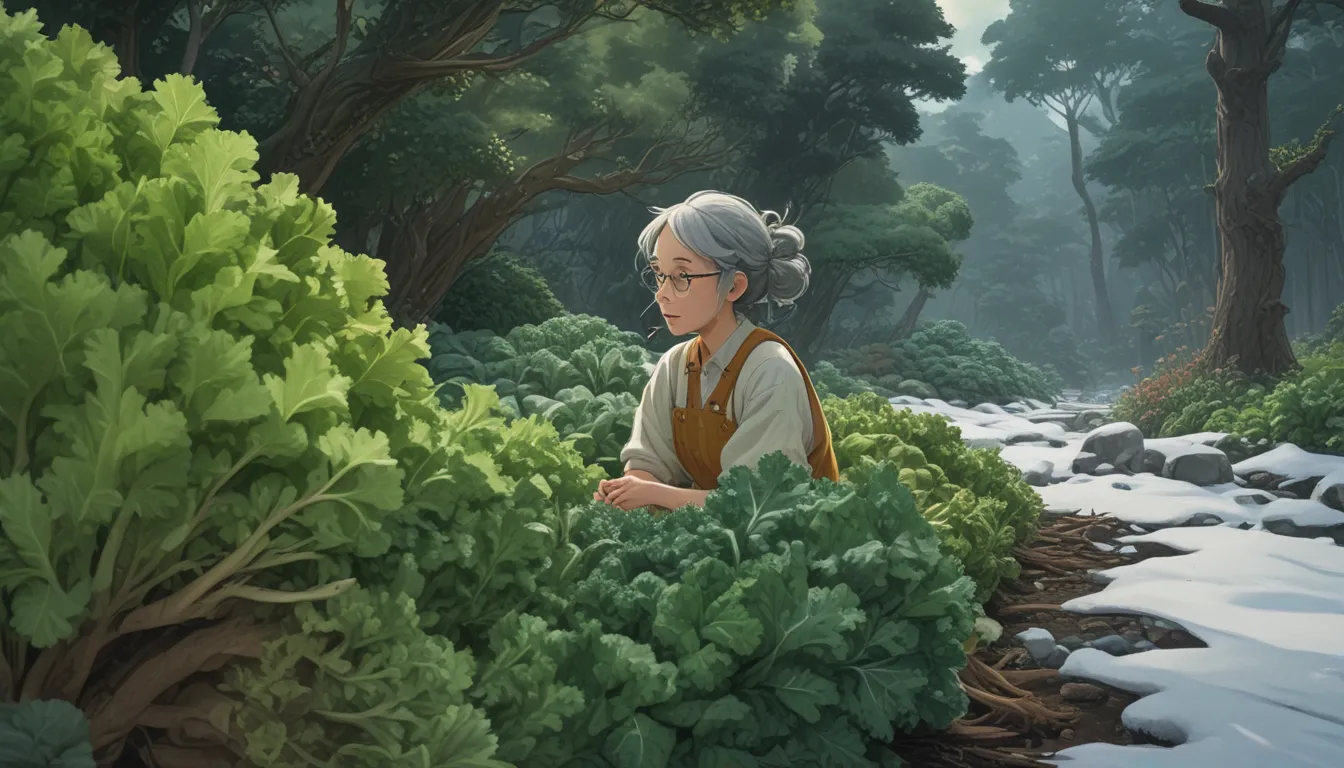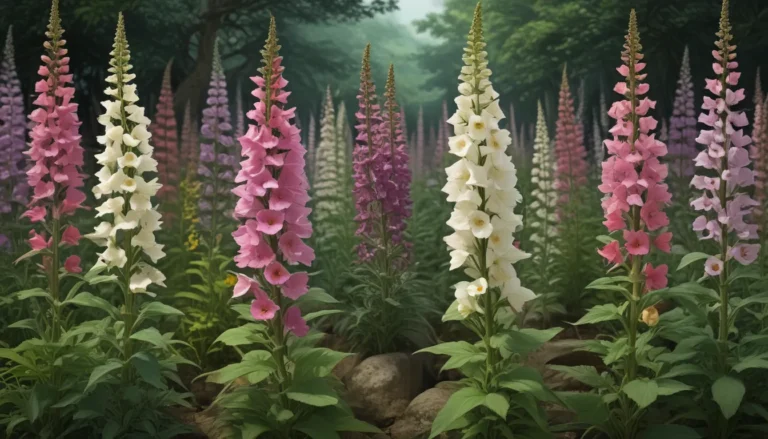Best Kale Varieties for Cold Climates: A Comprehensive Guide

Kale is a beloved green that thrives in cooler temperatures, making it an ideal crop for those living in regions with cold climates. Whether you’re a seasoned gardener or a novice looking to try your hand at growing kale, it’s essential to choose the right varieties that will flourish in your particular environment.
In this article, we will explore the six best types of kale for cold climates, providing you with valuable information on each variety to help you make informed decisions for your garden. From tips on planting to proper care techniques, we’ve got you covered with everything you need to know to grow thriving kale plants in colder weather.
The Best Cold-Weather Kale Varieties
1. Lacinato (Dinosaur)
Features:
– Bumpy, rough, and dark green leaves
– Develops sweeter flavors after the first frost
– Versatile for cooking and serving raw in salads
Lacinato is a champion among cold-weather kale varieties, known for its unique texture and excellent taste. Whether you sauté, steam, or enjoy it raw in salads, this cultivar is sure to impress.
2. Dwarf Siberian
Features:
– Thick, curly leaves
– Resistant to frost
– Ideal for stews and casseroles
Dwarf Siberian is a winter winner with its juicy leaves that can withstand even the harshest cold temperatures. Whether enjoyed fresh in salads or cooked in hearty dishes, this kale variety is a must-have for cold climate gardeners.
3. Vates Blue Scotch Curled
Features:
– Durable and versatile variety
– Popular for culinary garnishes
– Delicate texture with subtle broccoli flavors
Vates Blue Scotch Curled is a winter-tested kale that holds up well in colder climates. Whether used as a garnish or picked young for a delicate texture, this variety offers endless possibilities for culinary creations.
4. Premier
Features:
– Light texture and smooth leaves
– Ideal for overwintering and spring harvesting
– Mild flavor for picky palates
Premier is a versatile kale variety that can be overwintered and harvested tender in the spring. With its mild flavor and tender leaves, this cultivar is perfect for those looking to introduce kale to their diets.
5. Red Russian
Features:
– Beautiful purple-veined leaves
– Cold tolerant to -10 degrees Fahrenheit
– Nutrient-dense and highly-textured
Red Russian is a nutrient-rich kale variety prized for its unique texture and frilly leaves. With its gorgeous purple veins and cold tolerance, this cultivar is a must-have for cold climate gardens.
6. White Russian
Features:
– Tolerant to freezing temperatures
– Ideal for early harvesting and baby green salads
– Fast-growing with sweetening flavors in cold weather
White Russian is a fast-growing kale variety that thrives in freezing temperatures, making it perfect for early harvesting and succulent baby green salads. Whether you’re short on growing windows or looking for a cold-tolerant option, this cultivar is a top choice.
When to Plant Winter Kale
While winter kale varieties thrive in cold weather, they can be enjoyed at any time of year. Spring gardeners can plant their kale seeds to enjoy the flavors of this leafy green before the scorching summer months.
Most winter kale seeds are typically planted in the fall, allowing for a harvest throughout the colder months. Whether you’re planting in existing garden beds or starting a new winter-only plot, these hearty kale varieties are sure to provide fresh greens for your fall and winter meals.
Proper Care Tips for Winter Kale Gardens
Growing kale in cold climates requires special care to protect your plants from frost and extreme temperatures. Here are some essential tips to ensure your winter garden thrives:
1. Choose a Suitable Location
Ensure your kale plants receive full sun throughout the day, as daylight hours are limited in the colder months. Select a location that maximizes sunlight exposure to promote healthy growth and abundant yields.
2. Keep Warm
Protect your kale plants from frost by covering them with straw or using row covers and hoop houses. These structures can provide insulation and protection against harsh weather conditions, allowing your plants to thrive throughout the winter months.
Remember: Overheating can be a concern with covered structures, so monitor your plants closely to prevent them from overheating underneath the protective coverings.
3. Track Temperatures
Monitor soil temperatures to determine when to harvest your kale plants. Kale can withstand temperatures as low as 20°F, so continue to harvest as needed to encourage new growth and prolong the plant’s lifespan.
4. Fertilize, Feed, or Compost
Once the ground freezes, you can choose to leave your kale plants in the ground to enrich the soil for the next growing season. Alternatively, you can harvest the plants to feed livestock or use them as compost to recycle nutrients back into your garden.
Conclusion
Growing kale in cold climates is a rewarding experience that offers home gardeners the opportunity to enjoy fresh greens throughout the fall and winter months. By choosing the right cold-weather kale varieties and following proper care techniques, you can cultivate a thriving winter garden that provides nutritious and delicious kale for your culinary creations.
Whether you’re a seasoned gardener or a novice looking to expand your gardening skills, these top cold-weather kale varieties are a great starting point for a successful winter garden. Experiment with different cultivars, planting techniques, and care practices to discover the best strategies for growing kale in your cold climate.
Do you have a favorite kale variety for winter growing? Share your tips and experiences with us in the comments below!
For more information on growing kale and other leafy greens, be sure to check out the following guides:
– Harvest Hearty Greens from the Garden: How to Grow Kale
– What Causes Yellowing and Thinning of Kale Leaves?
– Is Ornamental Kale Edible?
– 13 of the Best Kale Varieties for the Home Garden
By incorporating new sections, expanding on the existing content, and providing valuable information on growing kale in cold climates, this rewritten article offers a comprehensive guide for readers looking to enhance their winter gardening skills. With a conversational tone and detailed insights, this in-depth article aims to educate and inform readers on the best practices for cultivating kale in cold weather.





